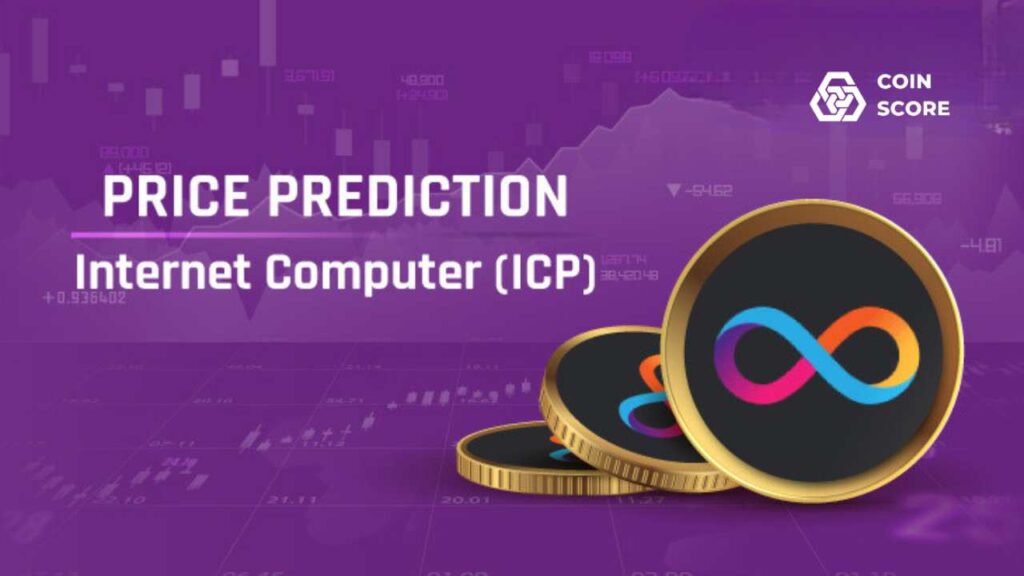Jack Dorsey’s Prediction of Bitcoin Surpassing $1 Million by 2030

Table of Contents
ToggleIf you’ve been following the cryptocurrency markets, you’re probably no stranger to bold predictions. One prediction that’s been making waves is by none other than Jack Dorsey, Twitter and Square CEO. He’s made an audacious claim that the Bitcoin price will go beyond $1 million by 2030. Yes, you heard that right—$1 million! But is there any substance to this? Let’s dive straight in.

Jack Dorsey’s Bitcoin Prediction: A Brief Overview
Jack Dorsey is known for his love of Bitcoin. He’s not just a fan, but he’s putting his money where his mouth is. His company, Square, has invested a hefty sum into Bitcoin, and he’s even said that he would leave Twitter and Square to work on Bitcoin if needed. That’s some commitment, huh?
His prediction of Bitcoin hitting the $1 million mark by 2030 has caught everyone’s attention. If we break it down, Dorsey’s Bitcoin prediction implies an approximate 5000% increase from its current value. Sounds surreal, right? But before we dismiss it as a pipe dream, let’s consider the factors that might influence this growth.
So, why does Dorsey think Bitcoin will go beyond $1 million by 2030? He believes that Bitcoin’s potential to revolutionize the financial world, combined with increasing adoption, will skyrocket its value. According to Dorsey, Bitcoin offers a decentralized and secure financial system that has the potential to replace traditional currencies. He sees Bitcoin as more than just a digital currency—it’s a transformational technology.
And it’s not just Dorsey. Other big names in the tech and finance world, such as Elon Musk and Tim Draper, also share bullish views on Bitcoin’s future. However, Dorsey’s prediction is by far the most optimistic.
But what could this mean for you? What are the potential implications if the Bitcoin price does go beyond $1 million in 2030, as Jack Dorsey predicts? That’s a topic for another section, so stick around.
Factors Influencing Dorsey’s Bitcoin Prediction
The Technological Revolution
It’s no secret that Dorsey is a huge fan of Bitcoin’s underlying technology—blockchain. This technology is not just about creating a new kind of currency. It’s about fostering a whole new level of financial independence and security.
- Blockchain technology is decentralized, meaning no single entity owns or controls it. This could make financial systems more secure and equitable.
- It offers the potential for lower transaction costs, faster transaction times, and improved financial services.
These factors could make Bitcoin an attractive alternative to traditional banking systems, and increase its adoption worldwide.
The Power of Adoption
Adoption plays a huge role in Dorsey’s Bitcoin price prediction. Bitcoin’s value is largely determined by its acceptance as a form of payment. More acceptance equals more demand, which in turn, increases its value.
- Bitcoin’s recent adoption by major companies like Tesla and PayPal has given it a huge boost.
- If this trend continues, and more companies start accepting Bitcoin, it could increase demand and drive up its price significantly.
The Scarcity Factor
There will only ever be 21 million Bitcoins in existence. That’s it. This scarcity could drive up its price as demand increases. As more people adopt Bitcoin as a form of payment or investment, the increased demand, coupled with its limited supply, could push prices up dramatically.
The Global Economic Landscape
Global economic factors can also influence Bitcoin’s price. Economic instability often leads people to invest in assets like gold. Bitcoin, often referred to as ‘digital gold’, could see a similar trend.
- In times of economic uncertainty, people may turn to Bitcoin as a ‘safe haven’ asset.
- This increased demand could also contribute to a surge in Bitcoin’s price.
So, while Dorsey’s Bitcoin price prediction may seem far-fetched, these factors suggest that it’s not entirely out of the question. But what could this mean for you? What would happen if Bitcoin’s price really did go beyond $1 million in 2030? Let’s take a look at the potential implications in the next section.
3. Potential Implications of Bitcoin Surpassing $1 Million by 2030
A New Era of Wealth
Should Bitcoin’s price shoot up to $1 million, we’d be ushering in a new era of wealth. Early adopters or “Bitcoin millionaires” would see their wealth multiply.
- Those who took the risk and invested early would reap significant rewards.
- This could potentially shift the global wealth distribution, depending on who these early adopters are.
Major Economic Shifts
Now imagine that Bitcoin does hit the $1 million mark. It wouldn’t just impact individual wealth, but possibly the entire global economy as well.
- Bitcoin could become a major player in global finance, challenging established currencies and financial institutions.
- This could lead to regulatory changes, as governments adjust to the rise of this digital currency.
Changes in Everyday Commerce
As Bitcoin’s value increases, more businesses might start accepting it as payment. It could become a common currency for everyday transactions.
- You might buy your morning coffee with Bitcoin or pay for your online shopping with it.
- This could potentially make commerce more efficient and inclusive, especially in areas where traditional banking services are limited.
The Risk of Volatility
Despite all these potential benefits, we can’t ignore Bitcoin’s notorious volatility. Its price can fluctuate wildly, and a crash could mean significant losses for investors.
- If Bitcoin becomes more mainstream, this volatility could impact a wider range of people and businesses.
- This could lead to calls for regulation, or even the development of more stable digital currencies.
In conclusion, even though Jack Dorsey says Bitcoin price will go beyond $1 million in 2030, it’s important to consider the potential implications. It could change the world as we know it, but it’s not without risks. So, as always, invest wisely and stay informed.
Recent Comments

Top-Ranked Cryptocurrency-Friendly Banks: An In-Depth Review for 2024

Top Cryptocurrency Dividends: Unveiling High Yield Coins of 2023

Comprehensive Forecast: ICP Cryptocurrency Price Prediction 2024-2030

Understanding Cryptocurrency Golem: A Comprehensive Guide to Investing and Trading in GLM






